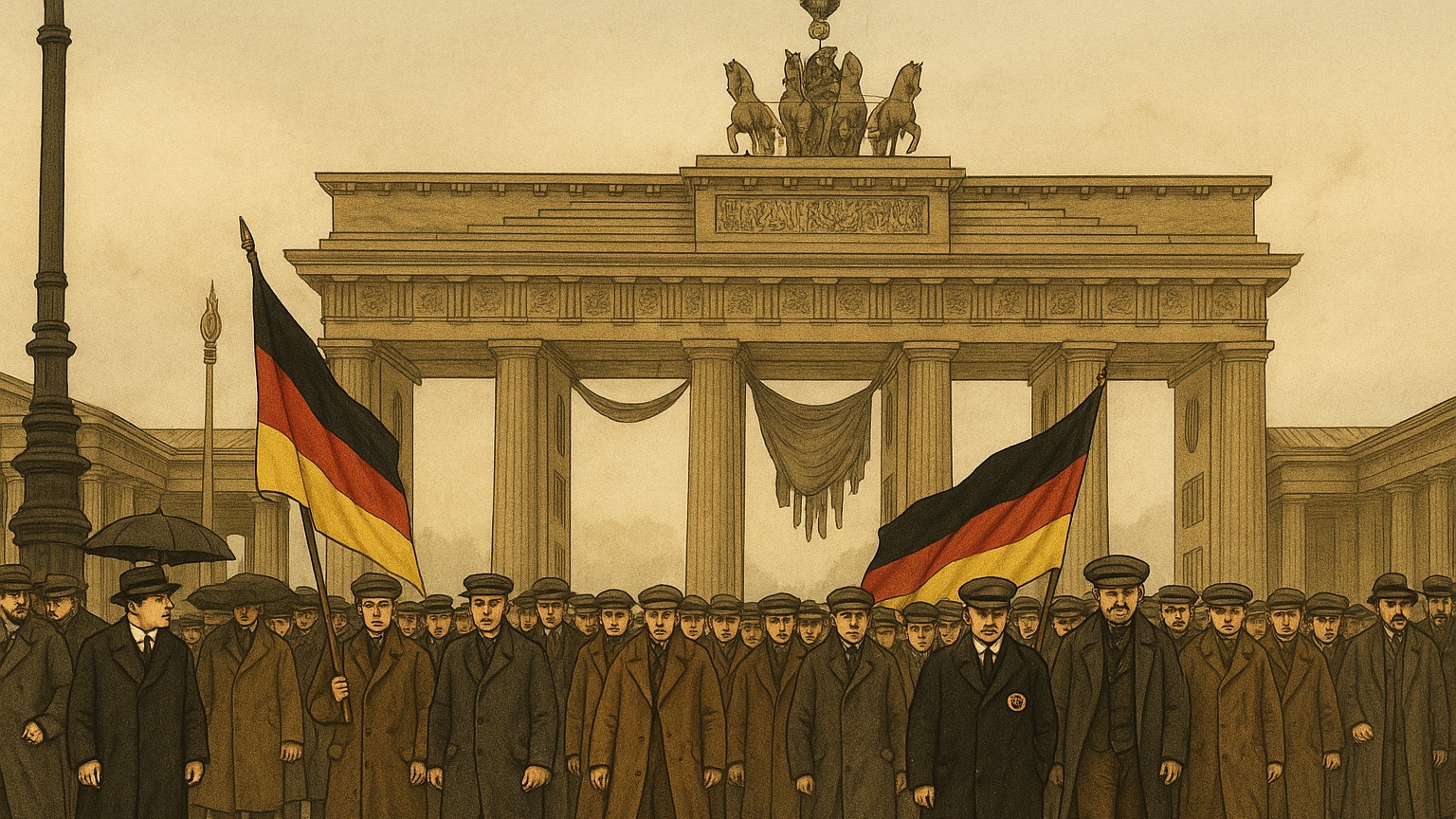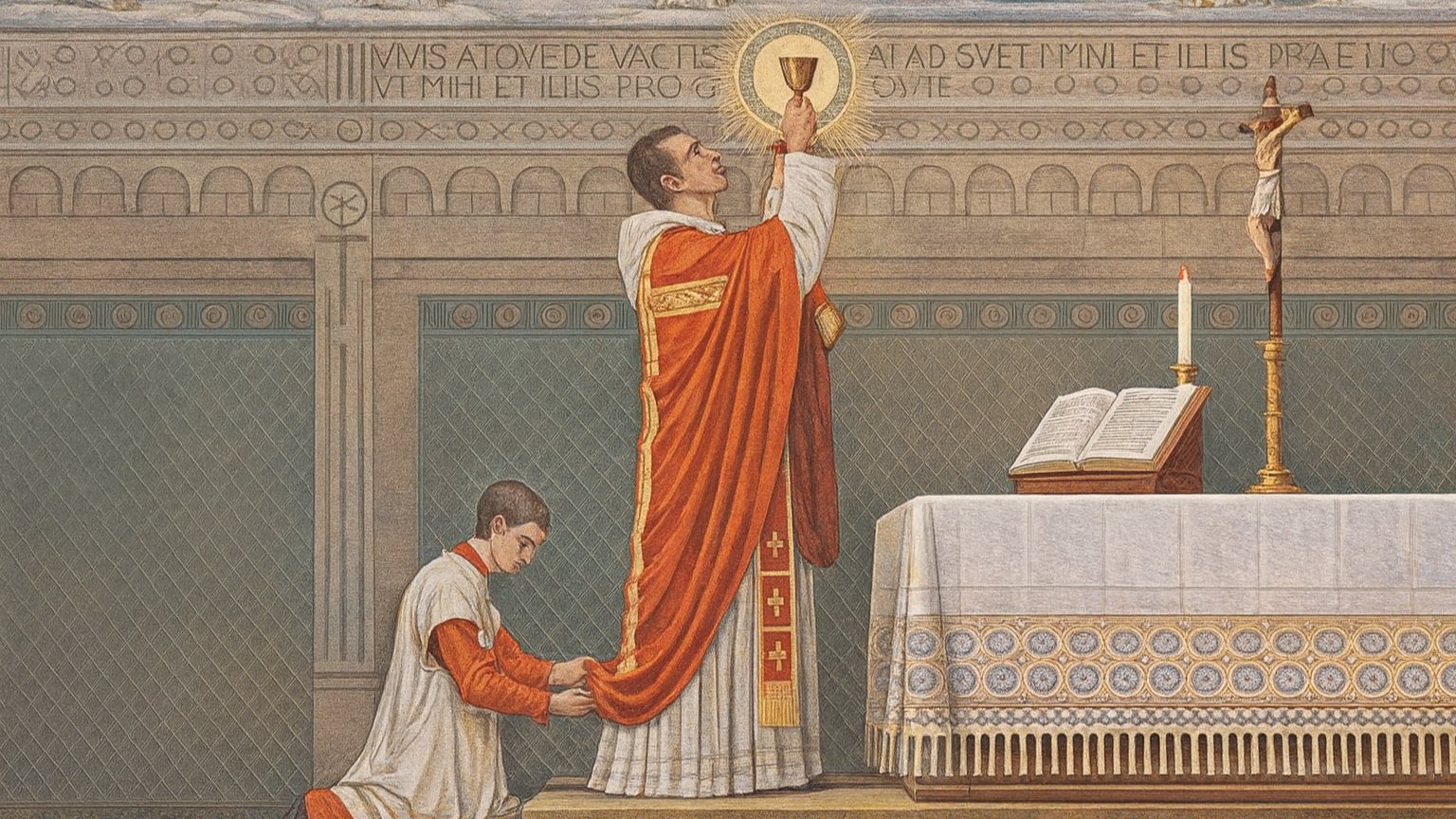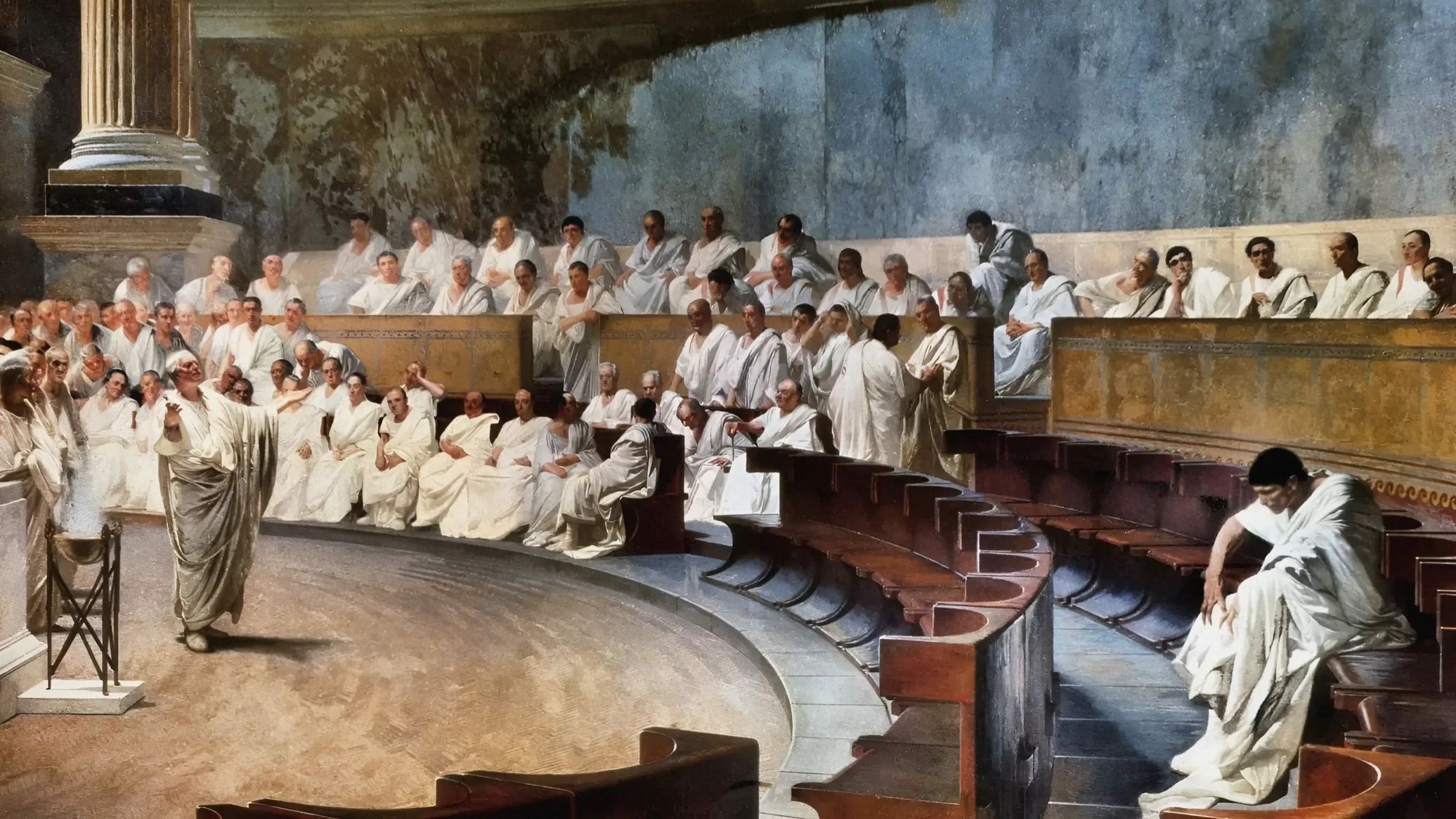Themes of the day
New on the platform
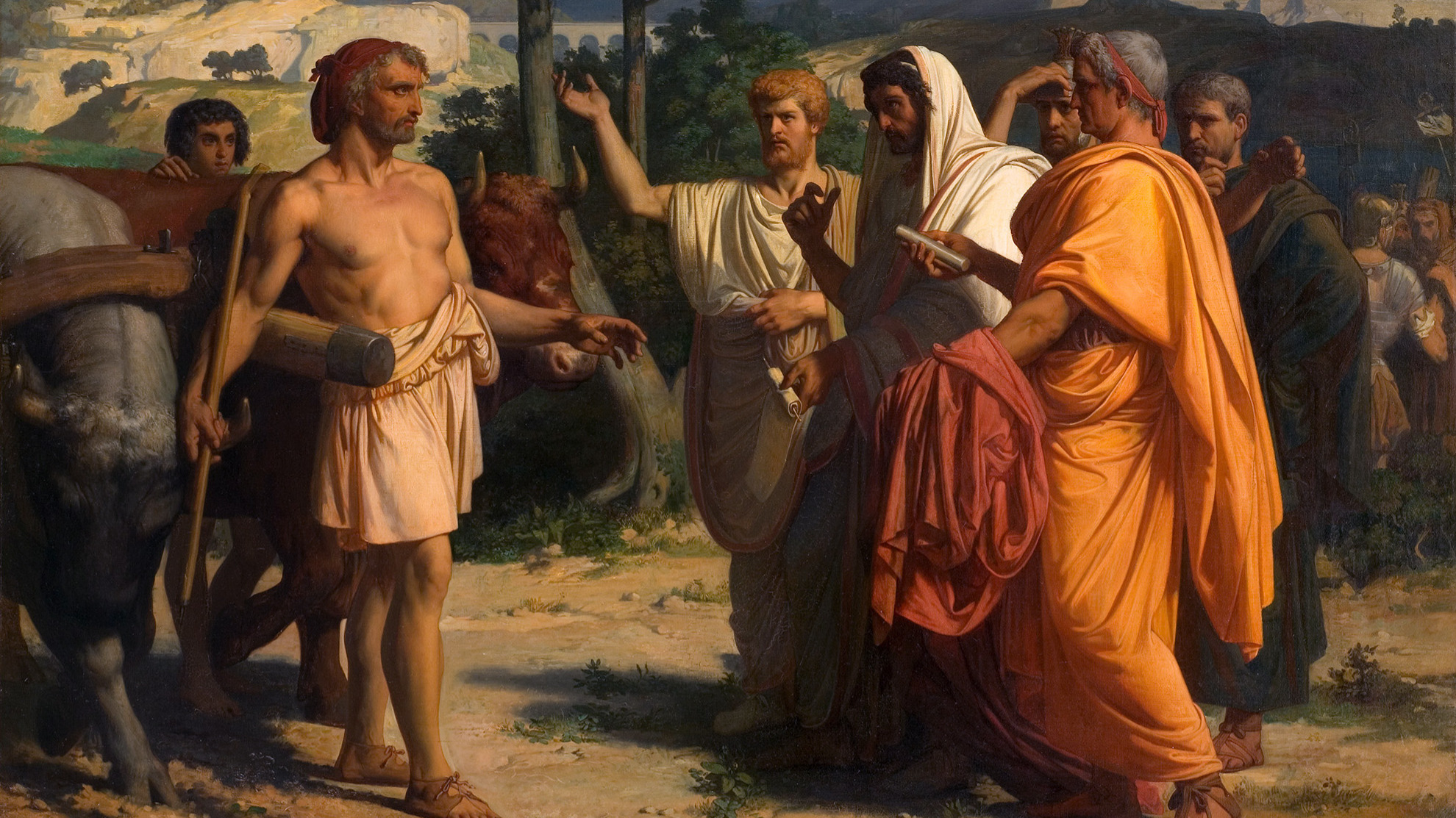
History
Dictatorship in Ancient Rome
The modern reader is likely to perceive the term "dictatorship" as synonymous with "despotism" and "tyranny," recalling the notorious regimes of the 20th century. However, for the Romans, this term was associated with entirely different things. To learn about how the Romans perceived dictatorship, how it worked, and how it changed over time, read the article by historian Nikita Tsybikov.
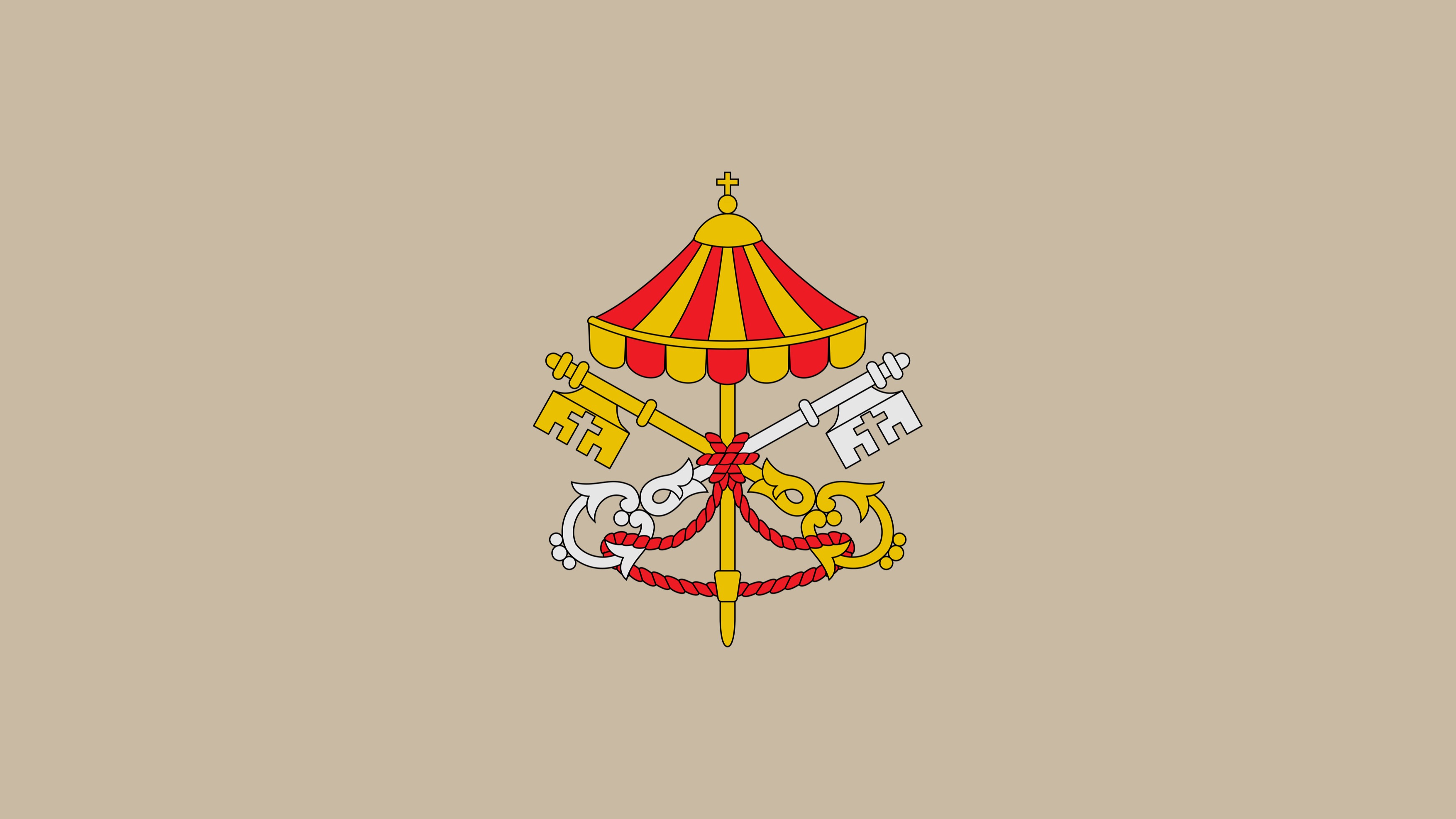
Philosophy
Sedevacantism
In the second half of the 20th century, the Catholic Church faced a serious crisis related to the confrontation between modernists and traditionalists. The most radical minority of the latter broke away from the Holy See, creating autonomous communities of sedevacantists—Catholics who do not recognize the current Popes and consider the papal throne temporarily vacant.

History
Sviyazhsk: Russian Atlantis on the Volga
Travel blog from Sviyazhsk – an ancient Russian town on an island in the middle of the Volga, which allows you to immerse yourself in several eras of Russian history from the 16th to the 20th century.





